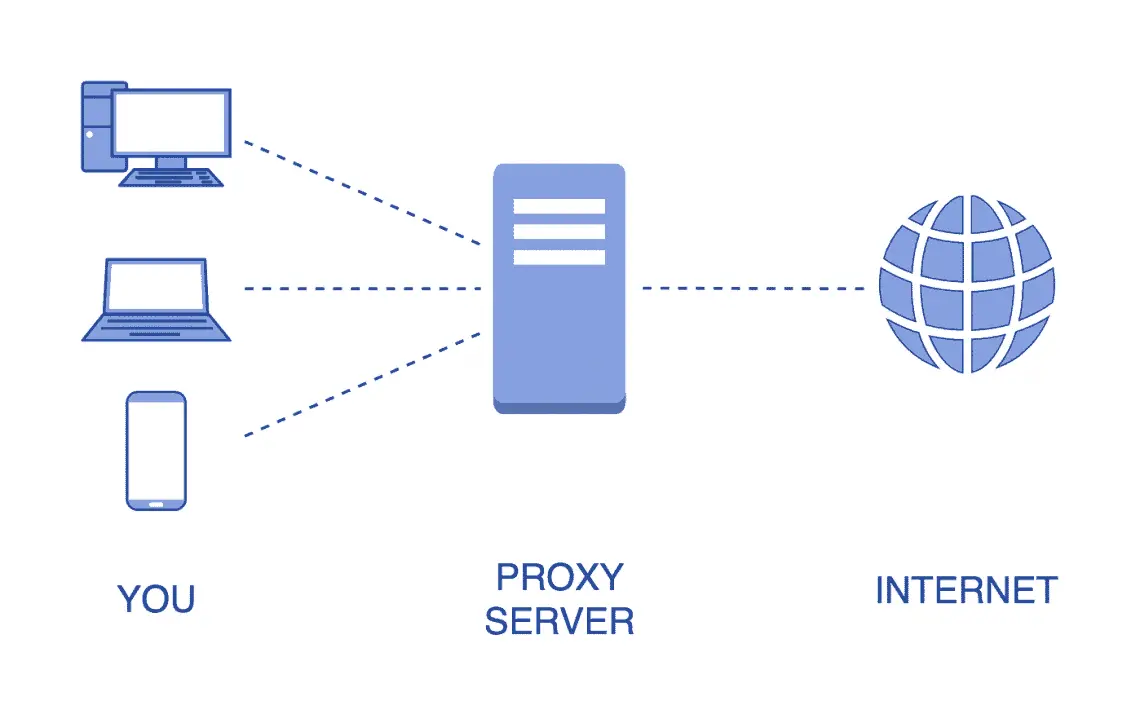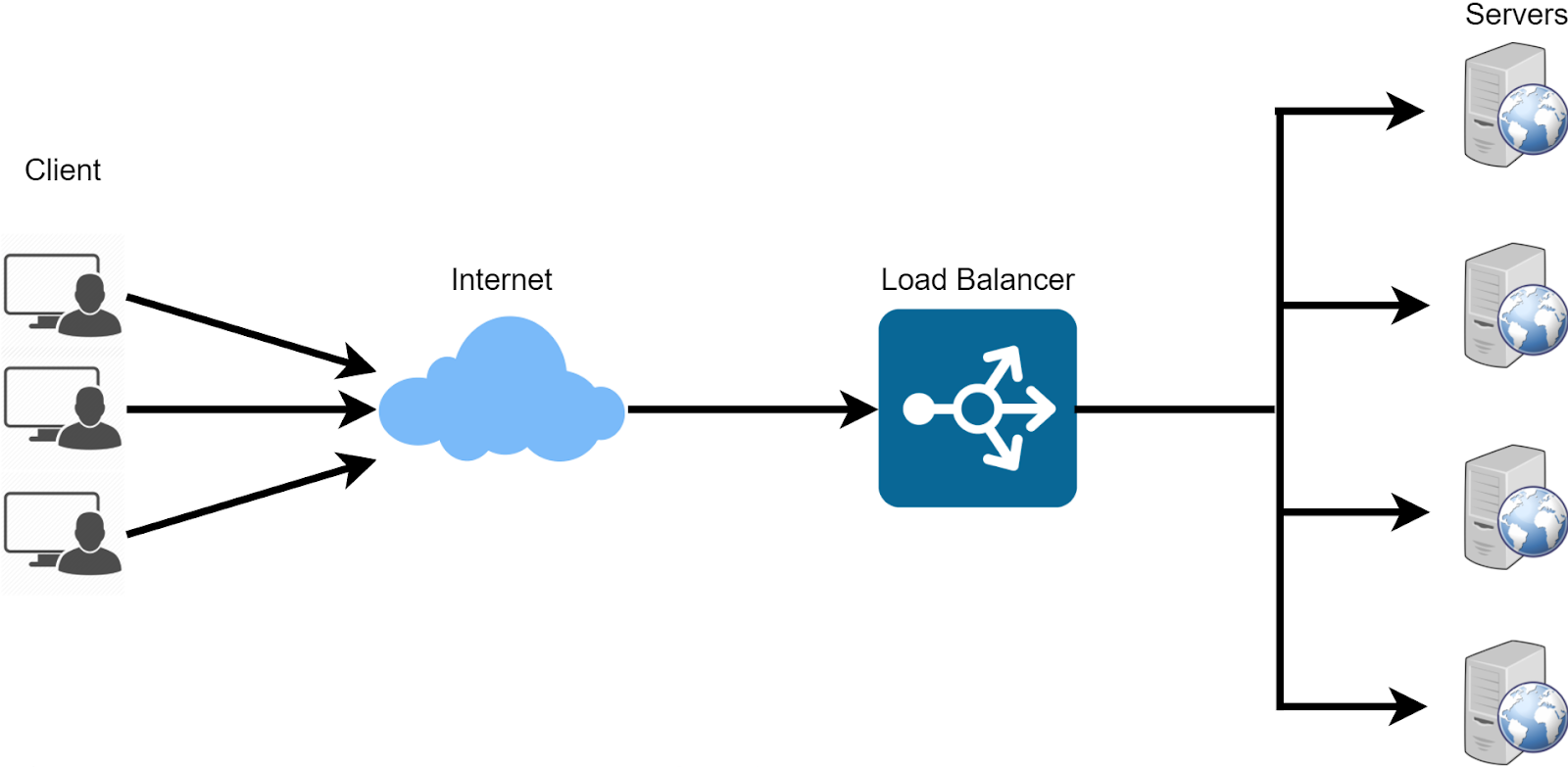Demystifying Proxy, Reverse Proxy, and Load Balancers: Real-Life Examples and Applications
Understanding Proxy, Reverse Proxy, and Load Balancers : Unveiling the Differences
Introduction:
In today's digital landscape, ensuring seamless and secure communication between clients and servers is crucial for delivering reliable online services. Proxy, reverse proxy, and load balancers are essential components in achieving this goal. While they share similarities, each serves a distinct purpose in optimizing network performance, enhancing security, and distributing the workload.
In this article, we will explore the differences between these three concepts and provide real-life examples of their applications.
Proxy Servers:
Proxy servers act as intermediaries between clients and servers. They receive client requests and forward them to the appropriate server. The server's response is then relayed back to the client via the proxy server. Here are some real-life examples and applications of proxy servers:

a) Web Proxies: Web proxies are commonly used to bypass network restrictions or access region-restricted content. For example, a user in a country with internet censorship may utilize a web proxy to access blocked websites.
b) Content Filtering: Organizations often employ proxy servers to implement content filtering policies. They can restrict access to certain websites or filter out malicious content, enhancing security and productivity.
c) Caching: Proxy servers can cache frequently accessed web pages, images, or files. By serving cached content to clients, proxy servers reduce the load on backend servers and enhance overall performance.
Examples :
Apache HTTP Server (with mod_proxy)
Nginx (can act as a proxy server)
Squid
Reverse Proxy:
Reverse proxies serve as intermediaries between servers and clients, operating in the opposite direction of proxy servers. They receive client requests and forward them to the appropriate server. The server processes the request and sends the response back to the reverse proxy, which then delivers it to the client. Real-life examples and applications of reverse proxies include:

a) Load Balancing: Reverse proxies distribute incoming client requests across multiple servers to achieve load balancing. This ensures optimal resource utilization, scalability, and high availability. For instance, a popular e-commerce website may employ reverse proxies to evenly distribute traffic among several backend servers, preventing any single server from becoming overwhelmed.
b) SSL Termination: Reverse proxies can handle SSL encryption and decryption, relieving the backend servers of this resource-intensive task. This enhances security and offloads processing overhead from the servers.
c) Content Delivery: Reverse proxies can cache and deliver static content, such as images, CSS files, and videos, directly to clients. This reduces the load on backend servers, accelerates content delivery, and enhances user experience.
Examples :
Nginx
Apache HTTP Server (with mod_proxy)
HAProxy
Load Balancers:
Load balancers are responsible for distributing incoming client requests across multiple servers to achieve optimal resource utilization and performance. They operate at the network level and are commonly used in high-traffic environments. Here are some real-life examples and applications of load balancers:

a) Web Applications: Load balancers are often employed in web application environments to evenly distribute client requests among multiple servers. This prevents any single server from becoming overwhelmed, improves response times, and ensures high availability.
b) Application Servers: In application server clusters, load balancers distribute client requests to different servers within the cluster, maintaining a balanced workload. This enables efficient utilization of resources and fault tolerance.
c) Database Servers: Load balancers can be used to distribute database queries across multiple database servers, improving scalability and performance in data-intensive applications.
Examples :
F5 BIG-IP
Citrix ADC (formerly NetScaler)
Microsoft Azure Load Balancer
Amazon Elastic Load Balancer (ELB)
Confusion between Load Balancer and Reverse Proxy:
I want to clarify the differences between a reverse proxy and a load balancer. It can be a bit confusing, but I'll make it simple.
Think of a reverse proxy as a middleman between clients (users) and servers. It takes care of load balancing, SSL termination, and content caching. Its purpose is to boost security, improve performance, and ensure servers don't get overwhelmed by evenly distributing client requests.
Now, a load balancer is like a traffic cop. Its main job is to evenly distribute client requests among multiple servers. It focuses on optimal resource usage, scalability, and high availability. By doing this, it ensures that no single server gets overloaded and keeps everything running smoothly.
In short, a reverse proxy is a middleman that handles load balancing, SSL termination, and content caching, while a load balancer evenly distributes client requests among servers to maintain efficiency.
Conclusion:
In conclusion, proxy servers, reverse proxies, and load balancers are essential components in optimizing network performance, enhancing security, and distributing the workload. Proxy servers act as intermediaries between clients and servers, while reverse proxies serve as intermediaries between servers and clients. Load balancers, on the other hand, distribute incoming client requests across multiple servers. Understanding the distinctions between these concepts and their real-life applications is crucial for designing robust and scalable network architectures in various industries and use cases.
